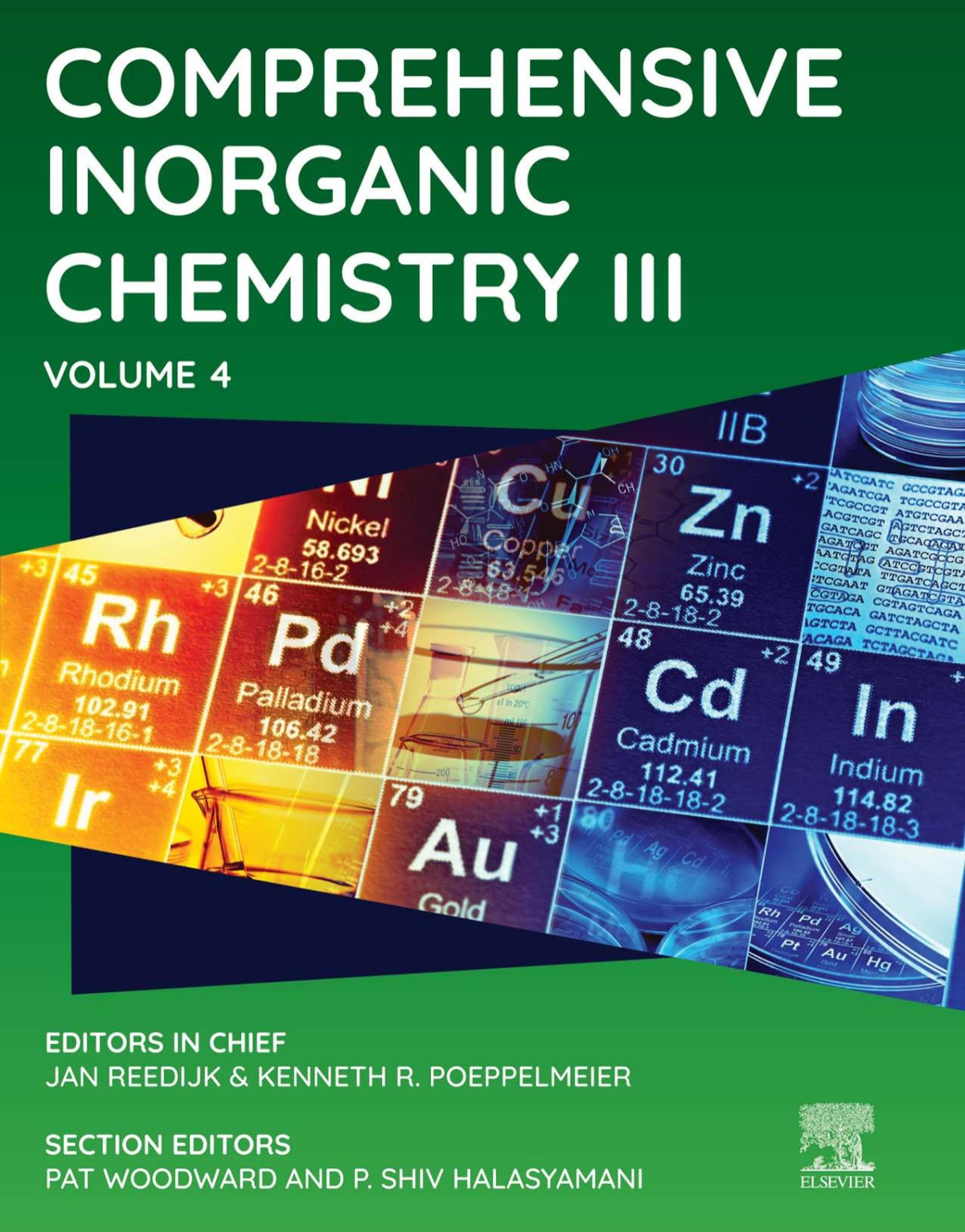

Most ebook files are in PDF format, so you can easily read them using various software such as Foxit Reader or directly on the Google Chrome browser.
Some ebook files are released by publishers in other formats such as .awz, .mobi, .epub, .fb2, etc. You may need to install specific software to read these formats on mobile/PC, such as Calibre.
Please read the tutorial at this link: https://ebookbell.com/faq
We offer FREE conversion to the popular formats you request; however, this may take some time. Therefore, right after payment, please email us, and we will try to provide the service as quickly as possible.
For some exceptional file formats or broken links (if any), please refrain from opening any disputes. Instead, email us first, and we will try to assist within a maximum of 6 hours.
EbookBell Team

0.0
0 reviewsComprehensive Inorganic Chemistry III focuses on main group chemistry, biological inorganic chemistry, solid state and materials chemistry, catalysis, and new developments in electrochemistry and photochemistry, as well as NMR and diffraction methods for studying inorganic compounds.
In a broad sense the field of inorganic chemistry can be broken down into substances that are based on molecules and those that are based on extended arrays linked by metallic, covalent, polar covalent, or ionic bonds (i.e., extended solids). The field of solid-state inorganic chemistry is largely concerned with elements and compounds that fall into the latter group. This volume contains nineteen chapters covering a wide variety of solid-state inorganic materials. These chapters largely focus on materials with properties that underpin modern technology. Smart phones, solid state lighting, batteries, computers, and many other devices that we take for granted would not be possible without these materials. Improvements in the performance of these and many other technologies are closely tied to the discovery of new materials or advances in our ability to synthesize high quality samples. The organization of most chapters is purposefully designed to emphasize how the exceptional physical properties of modern materials arise from the interplay of composition, structure, and bonding. Not surprisingly this volume has considerable overlap with both Volume 3 (Theory and Bonding of Inorganic Non-Molecular Systems) and Volume 5 (Inorganic
…